We remember spending late nights during the pandemic watching “Avatar: The Last Airbender” episodes well past our bedtimes. The intro is ingrained in our mind: “… but everything changed when the Fire Nation attacked.” Even when we turned off the TV or closed our laptops for the night, we dreamed of what it would be like if the magical world of ATLA were more than just an animation — if the dynamic element bending, the vivid worldbuilding and the incredible story arcs could become real life.
And with the new live-action series, they finally can.
…
As passionate ATLA fans, we were worried about the faithfulness of the new live-action series to the original animated series. After the abhorrent 2010 movie that totally disrespected the ATLA universe, it seemed like nothing could live up to the original. But the new live-action series doesn’t need to.
It stands perfectly well on its own.
The series, released on Netflix on Feb. 22 and directed by Michael Goi, follows a young avatar named Aang, a bender of all four elements — air, water, earth, fire — on his journey to defeat the firelord Ozai, a conqueror and emperor of the Fire Nation. With the help of Southern Water Tribe siblings Sokka and Katara, a waterbender, Aang tries to fulfill his avatar duties while also evading Zuko, an exiled Fire Nation prince who is bent on capturing Aang to win back his honor and return to his royal home.
The immediate and most jarring difference is the level of maturity of the live action. The first episode opens with the Fire Nation’s brutal invasion of the Air Temple, where they wipe out all the airbenders but Aang, who escaped the massacre by chance. The Fire Nation’s aggressive acts of war and genocide are more prominent than they were in the animated series, with death and trauma as present in the viewer’s experience as it was for the characters themselves.
But this is actually one of the best changes to the show. It makes everything feel more realistic and touches on one of the aspects of ATLA that makes it so loved: a fantasy world that still has real-life problems and concepts that are easy to digest. The violence isn’t graphic enough to make one too sick or scarred, so the live-action is still accessible to a broad audience just like the animation.
However, the director, Michael Goi and showrunner Albert Kim miscalculated in their efforts to pander to an older audience with one crucial subplot: romance. Gone were the innocent glances, the blushing, the quick pecks from the animation show.
Now we have long makeouts, awkward gazes and cliches upon cliches. Sokka, our beloved meat-lover, jokester and favorite nonbender is now portrayed as a hormone-crazy teen who falls in love with every girl he meets. We could play a drinking game (non-alcoholic, of course) with every time he ogles feisty Suki or ethereal Princess Yue. Come on, were the writers watching Addison Rae’s film “He’s All That”? The cheap teen romance subplot was a disappointing element in the live-action that nearly killed us from secondhand embarrassment.
One of the biggest offenses of the 2010 live action movie was its horrific CGI for the element bending. Luckily, the artists who worked on this series knew what they were doing. Also, the actors were clearly trained well in fight choreography and the martial arts that are based in the culture of each of the elements’ communities. The bending is fast-paced and action packed, and yes, Katara still beat Pakku’s sexist butt when she visited the Northern Water Tribe. The character complexities and plot of ATLA are still crucial to the series, but it wouldn’t be what it is without some awesome element bending and avatar state moments that make you wonder what it would be like to waterbend.
With the major CGI upgrade, we could now focus on the quality of the plot. Since there was only so much the writers could fit in the 8-hour season, they mashed the plotline to fit that time slot. It was done well for the most part. The part of the plot that annoyed us was when Koh, the “face stealer” spirit, held Katara and Sokka hostage to be eaten in the Spirit World, and Aang was gone for an episode and a half trying to find guidance before getting captured by Zuko.
While we understand that the writers were trying to fit other plot points into the episode, it felt sloppily done, like they wanted a cheap excuse to get rid of Katara and Sokka for an hour. We were frustrated with Aang because he didn’t seem that worried about saving his friends. Overall though, the plotline kept us on our toes as we anticipated each scene.
But nothing in the storyline matters if the actors themselves aren’t good. Thankfully, the casting director(s) got pretty much everyone perfect for their role. Gordon Cormier, who’s only 14 years old, brings youth to his role that’s super important for capturing the baby-faced Aang’s startling wisdom. And Ozai’s actor, Daniel Dae Kim? He is menacing. His angular face gives the vibes of an evil and calculated villain, so you immediately know who he is when you see him.
The only casting that had us iffy at first was the Fire Nation siblings, Zuko and Azula. Azula’s actress, Elizabeth Yu, has a really round, soft face that makes it hard to see her as the cruel, sharp character Azula was designed to be. Yu’s acting is great, but when adapting an animation it’s important that the visuals maintain their impact. Azula just isn’t as intimidating without her slender face and sharp chin.
Dallas Liu, who plays Zuko, also deviated from his lithe cartoon character with his square jaw. But unlike Yu, who gave off the vibe of a spoiled princess playing dress-up instead of a maniacal heir, Liu made Zuko his own. Where cartoon Zuko was stubborn, strict and angsty, Liu added snark and sass with every eye roll and head shake. It was like we got to see the bratty, teenage prince side of Zuko. But honestly, we’re here for it. Making Zuko more of a teenager while keeping him true to his original character almost makes the show more realistic. The guy is 16 after all; is he really a typical teenage boy if he doesn’t whine about his honor?
Netflix announced the renewal for season two and three on March 6, marking the continuation of Aang’s journey. With season one’s immersive visuals and complex themes, we’ll for sure be awaiting the next two seasons with our emergency cabbage at hand.


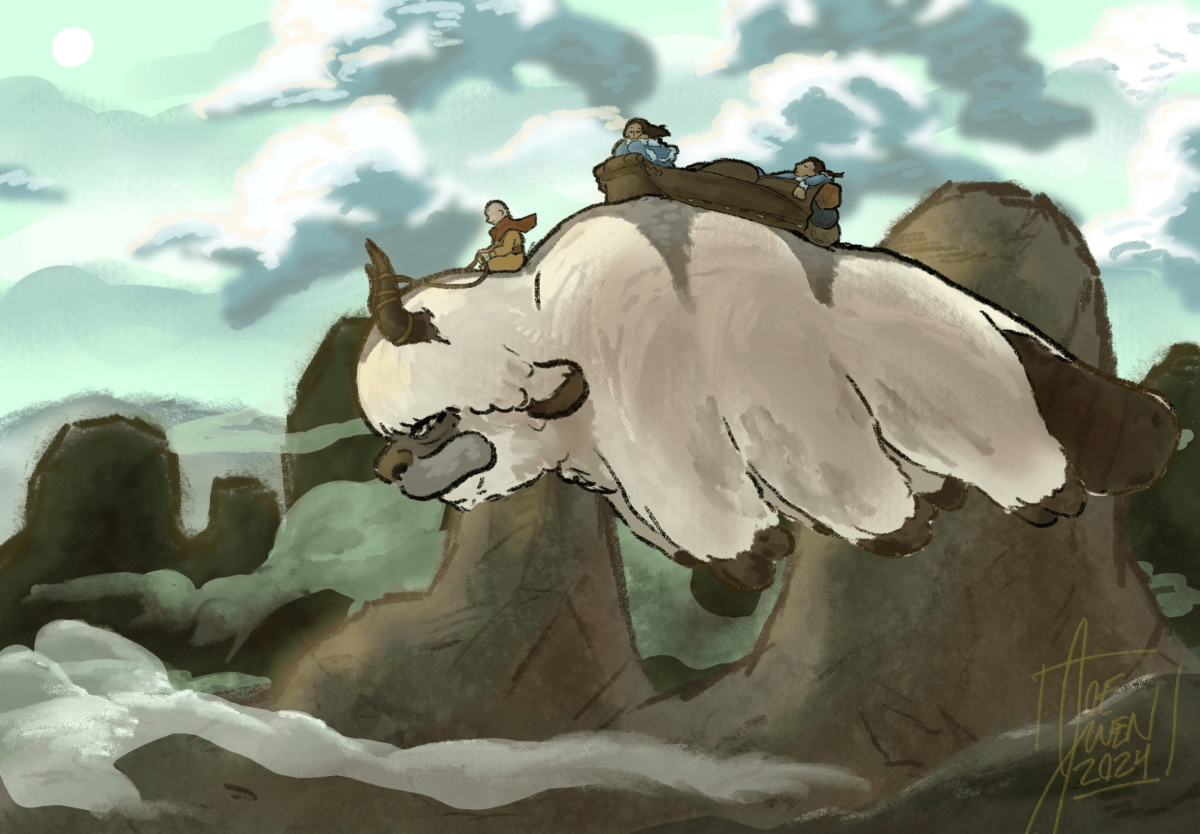
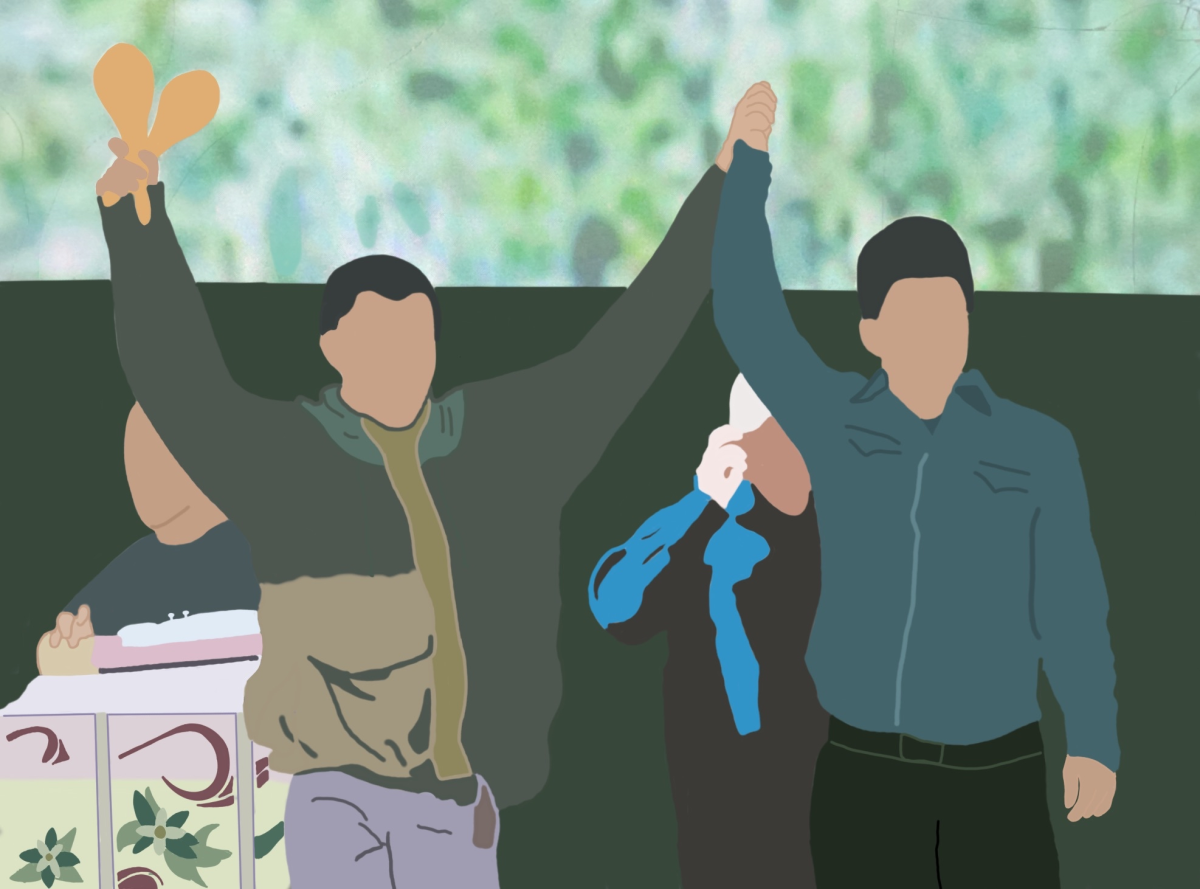

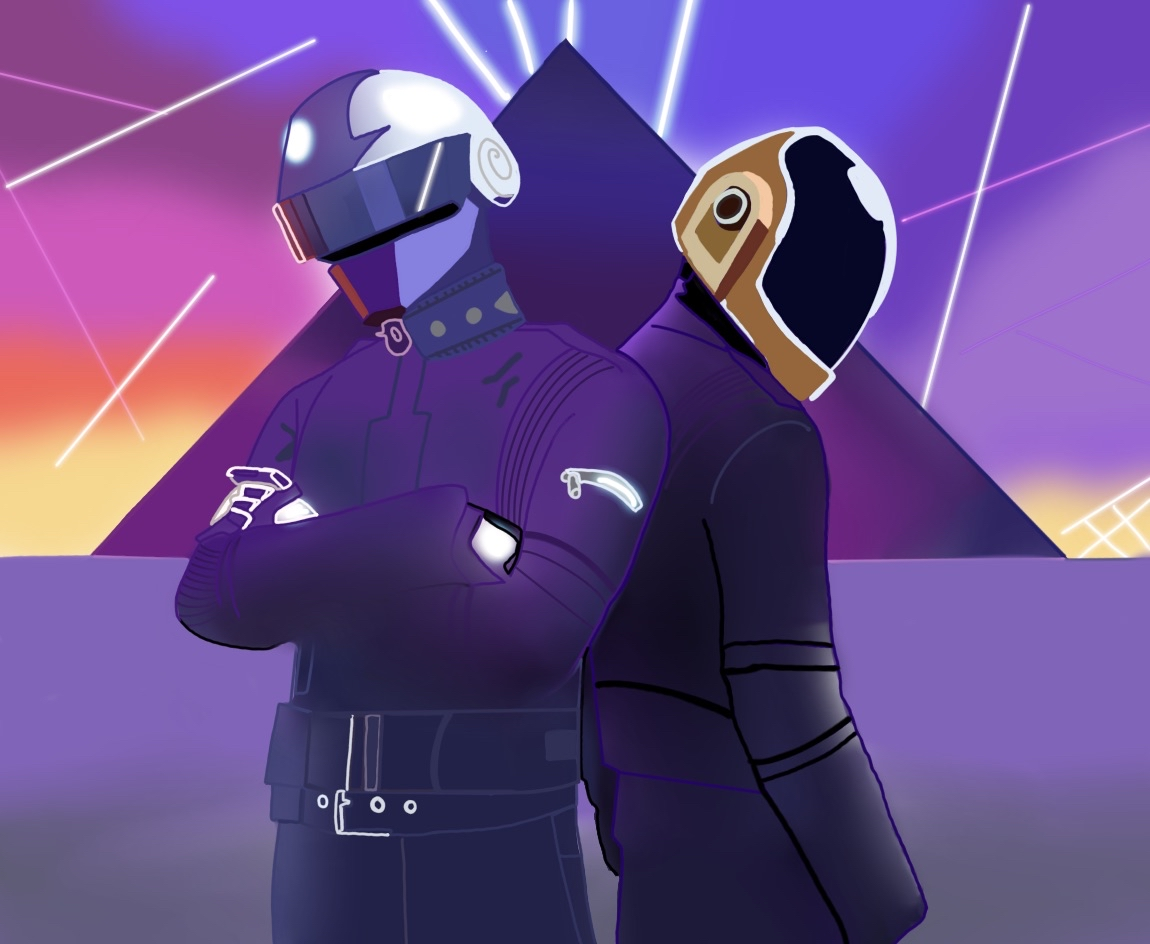
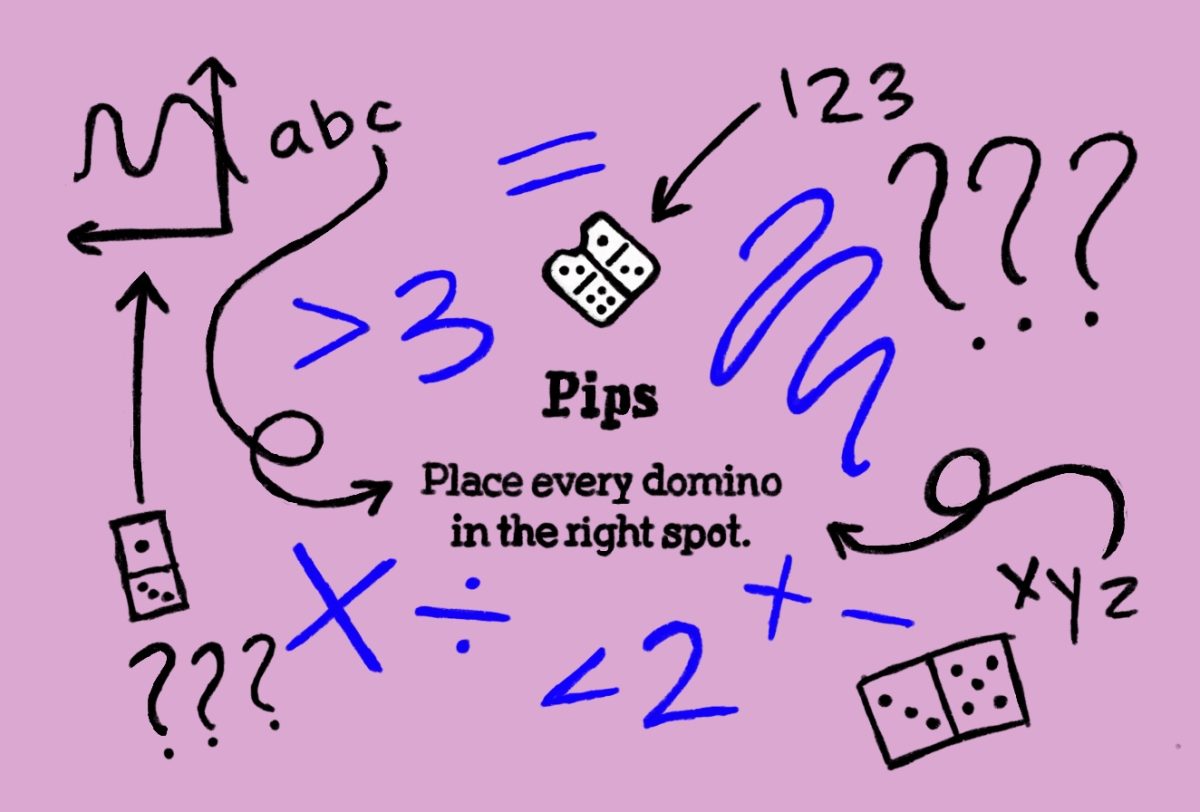
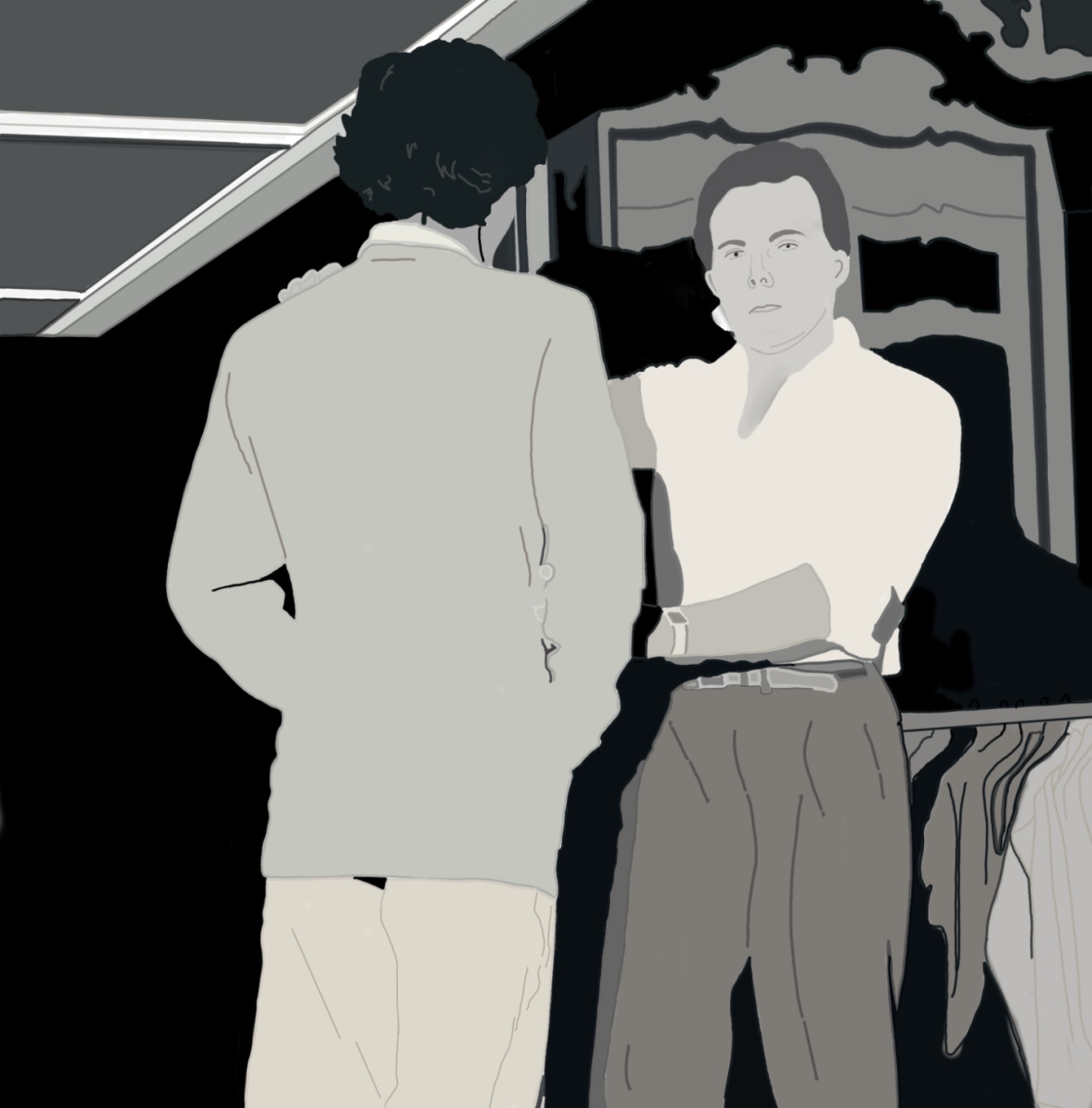

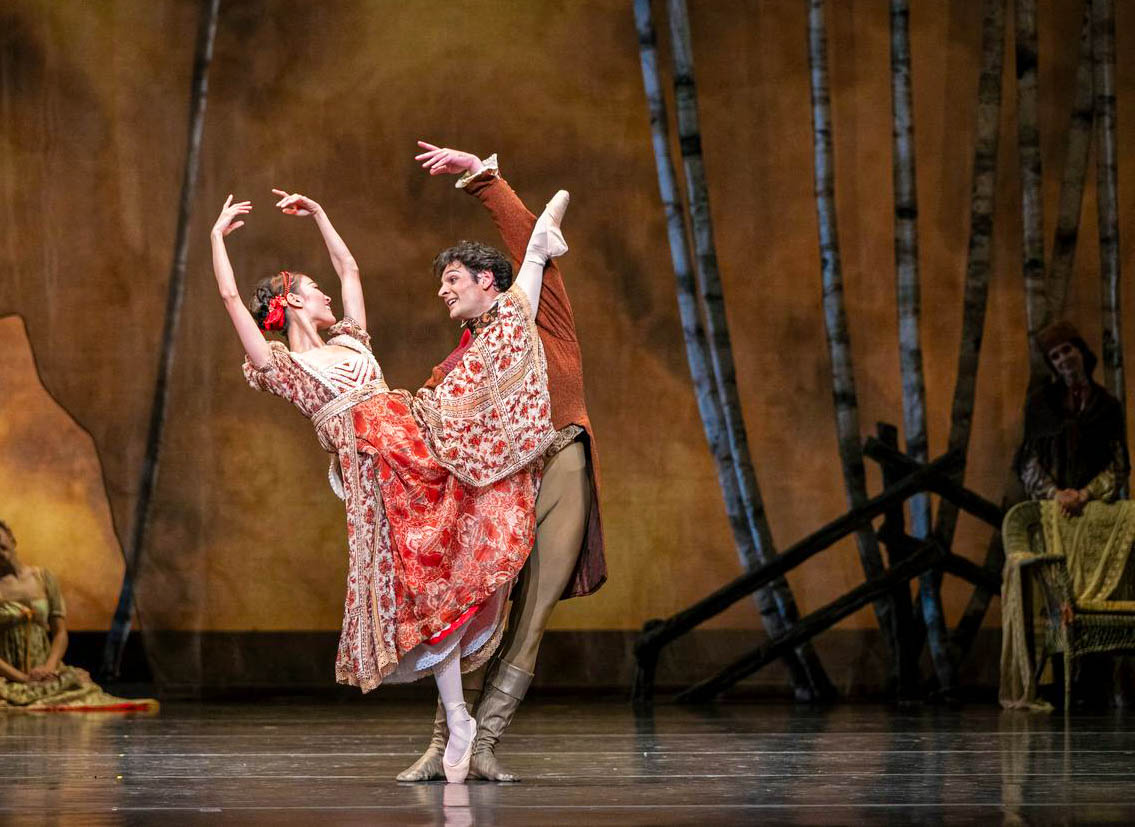

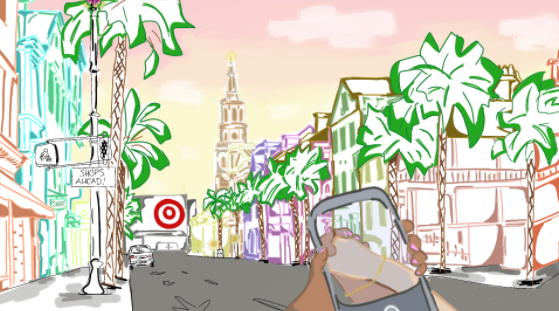
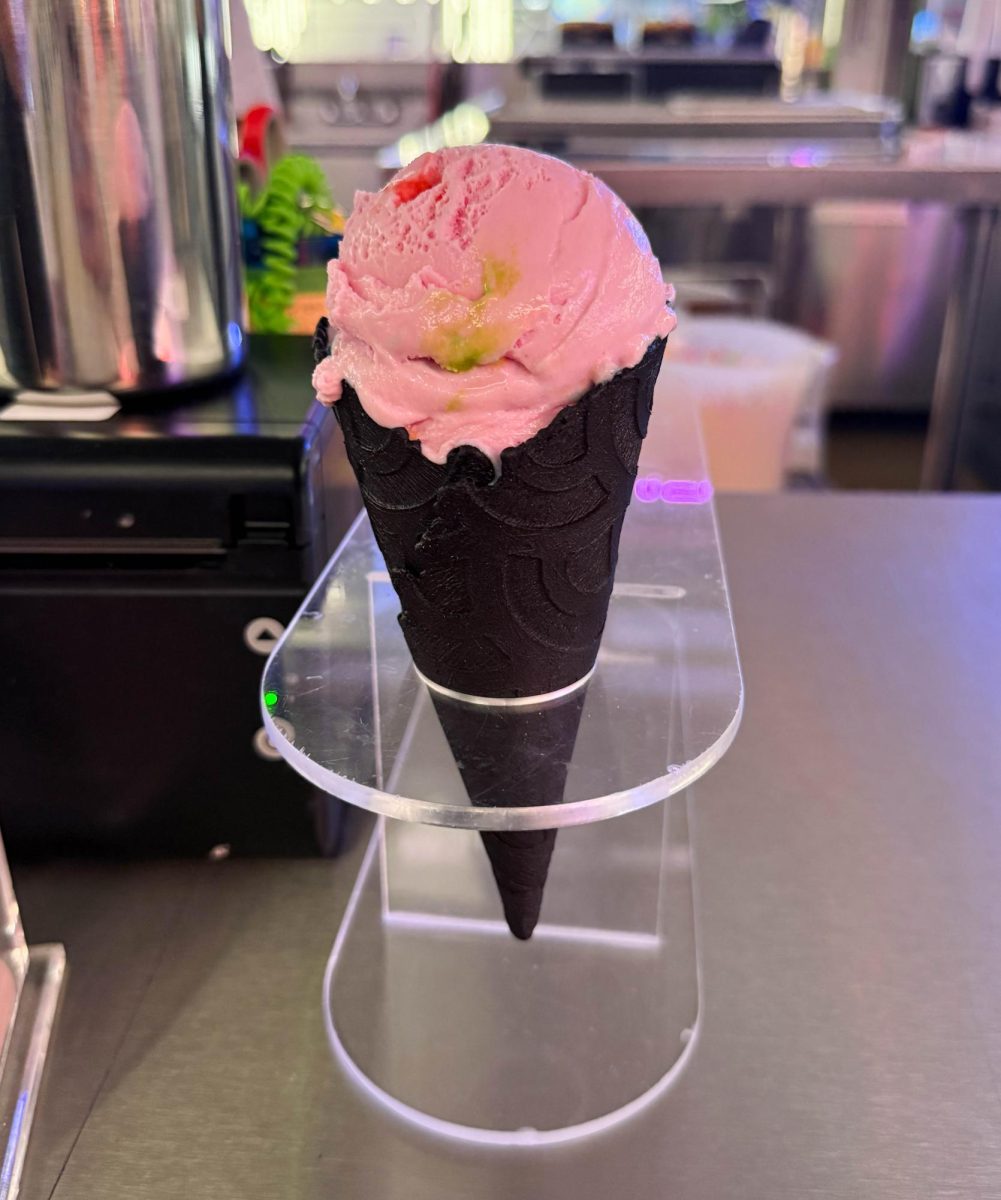
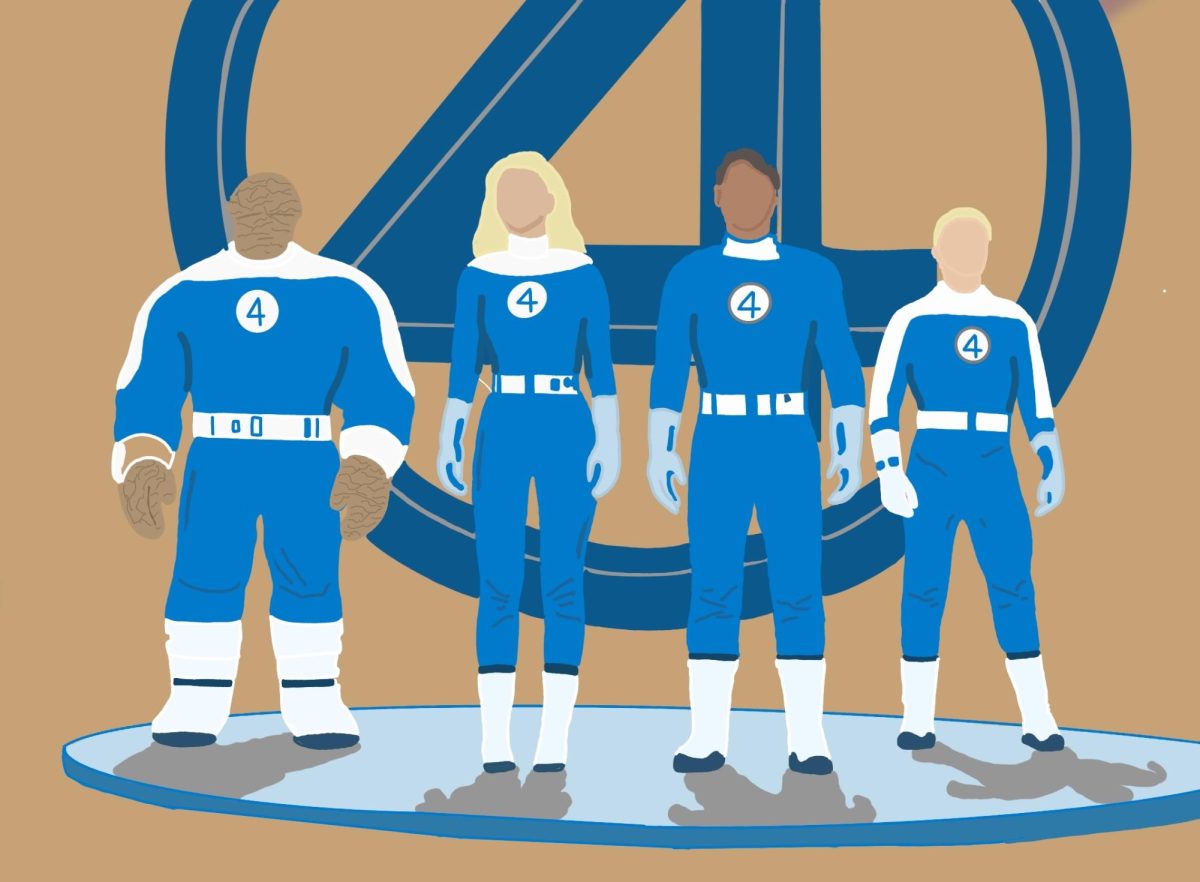
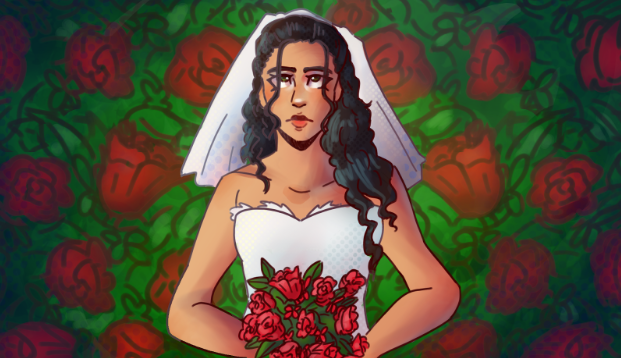

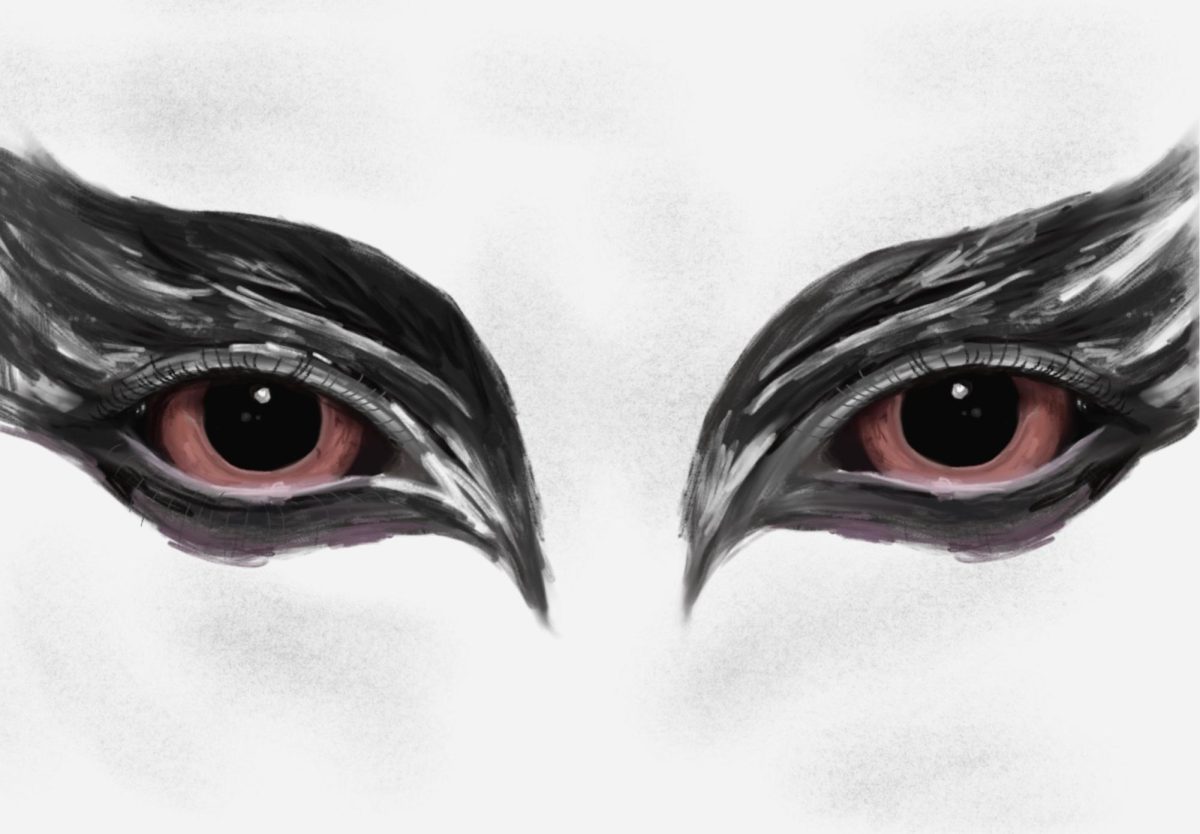
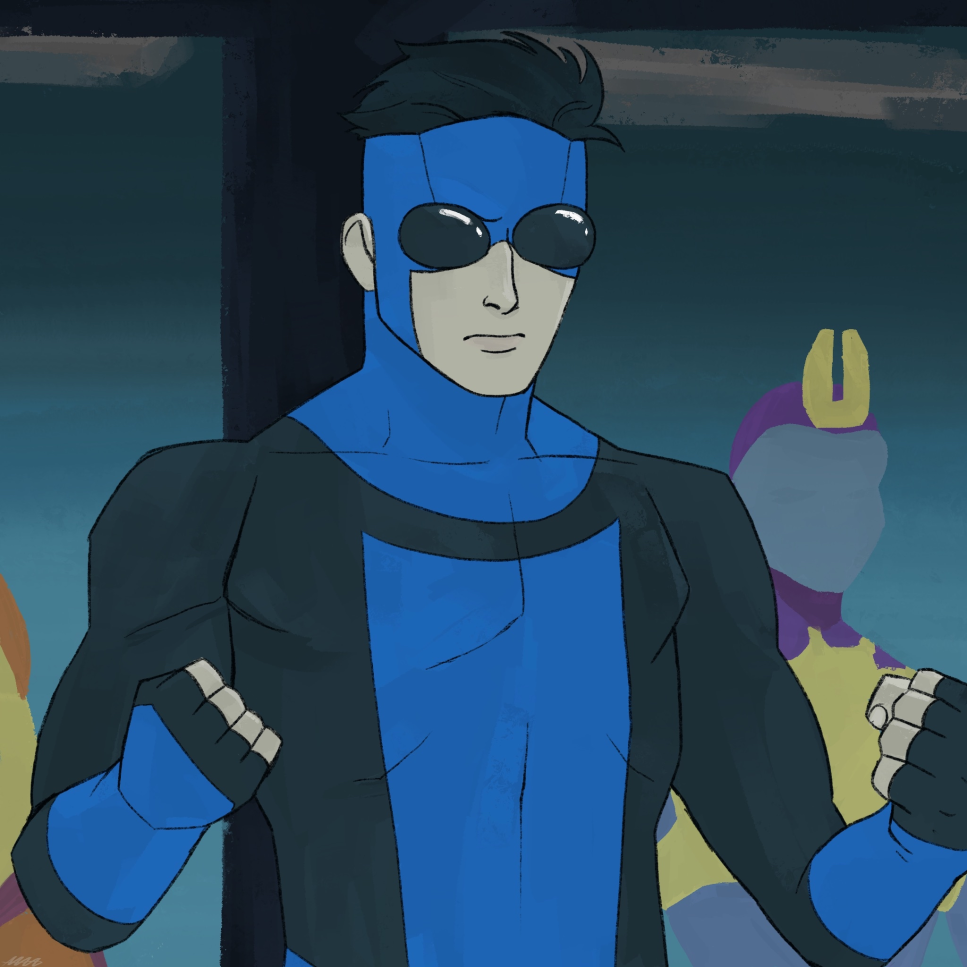
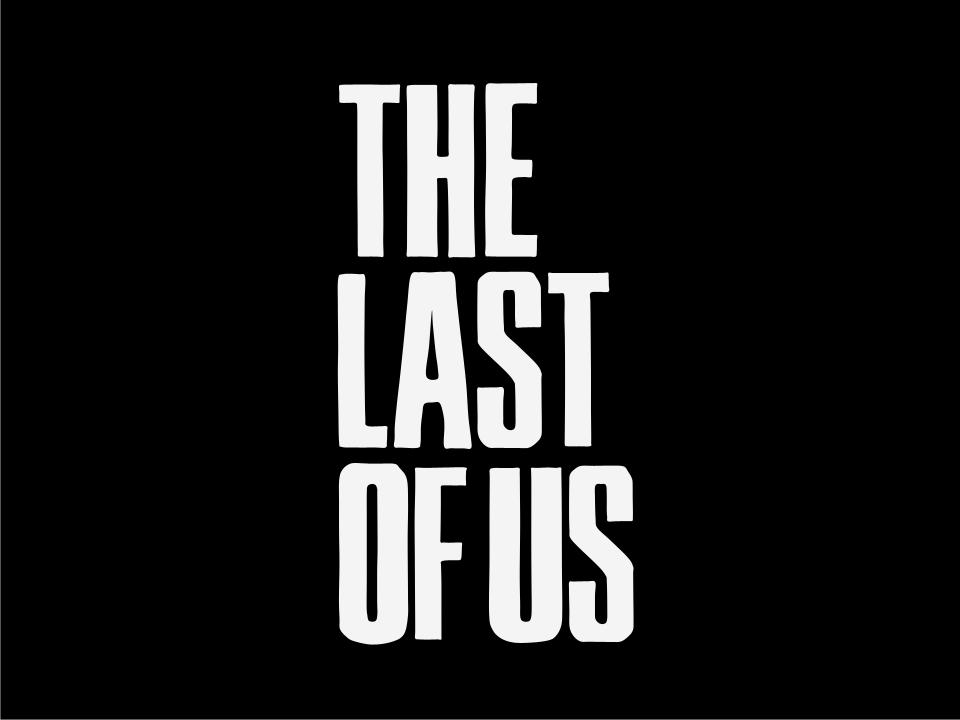
Hannah • May 30, 2024 at 11:49 am
Wow! I’ve never watched ATLA, but I definitely am going to now!